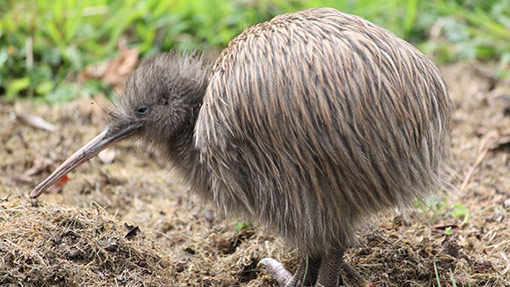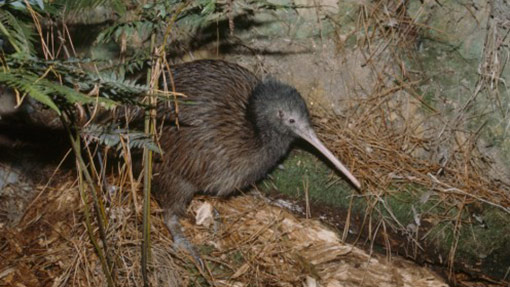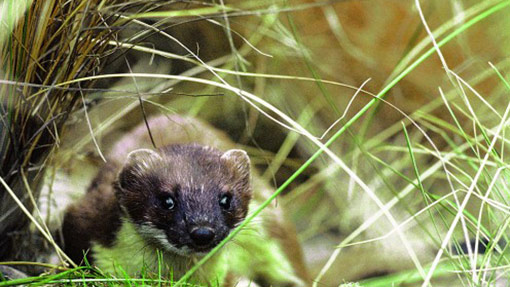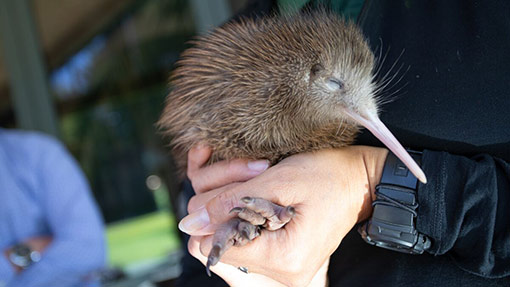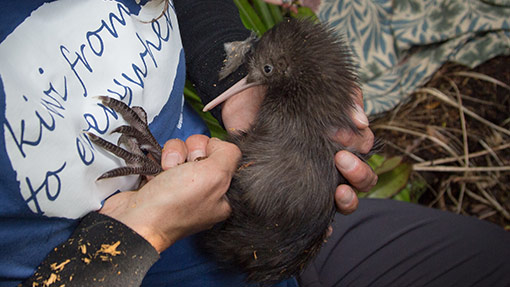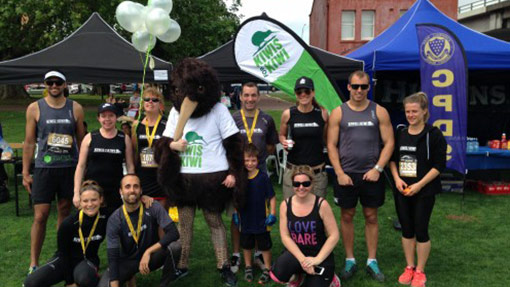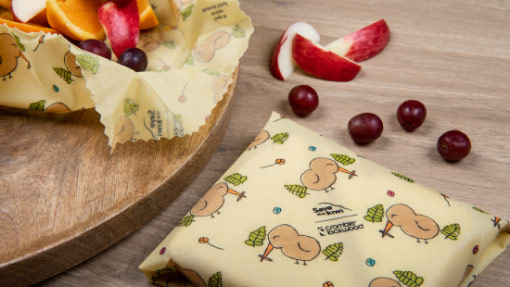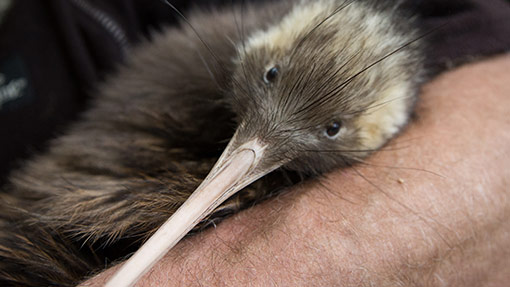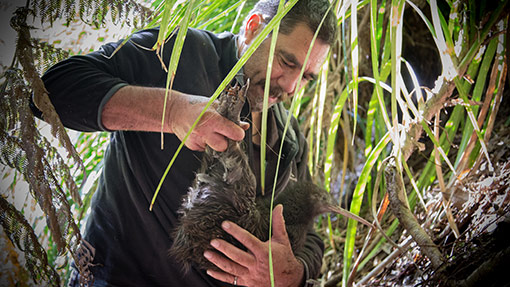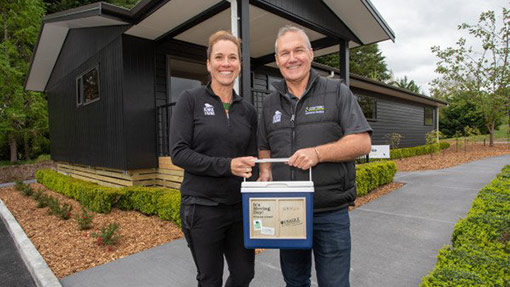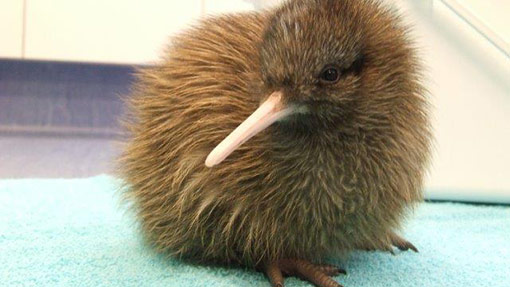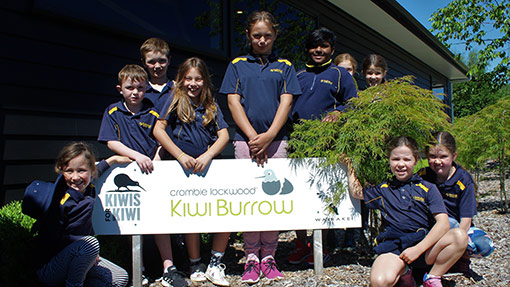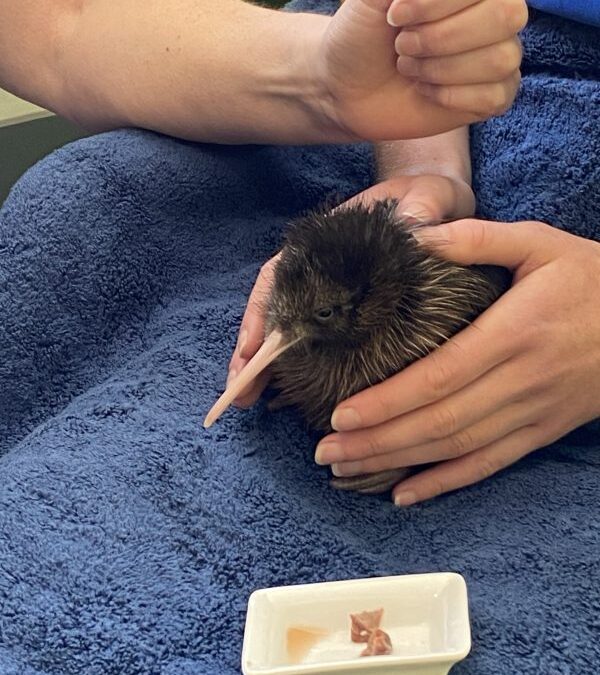Have you ever wondered what kiwi eat for dinner when they don’t live in the wild? Spoiler alert: It’s not worms.
Kiwi are omnivores which means they eat a bit of everything. Worms, beetles, leaves and berries feature heavily on the menu, but some Brown Kiwi have been known to eat fungi, frogs and even freshwater crayfish too. In captivity, some clever kiwi have even been known to fish eels out of a pond, subdue them with a few whacks of their beak, and eat them for dinner!
A kiwi’s diet is slightly different when they live in a captive facility line an incubation facility like the Crombie Lockwood Kiwi Burrow or the new Kiwis for kiwi crèche in Napier. It isn’t practical for captive facility staff to hunt for worms, beetles and other kiwi kai themselves. They can’t just pop down to the supermarket and buy a big bag of bird seed or 12 bags of frozen berries either, because this kind of diet isn’t similar to what the birds would eat in the wild.
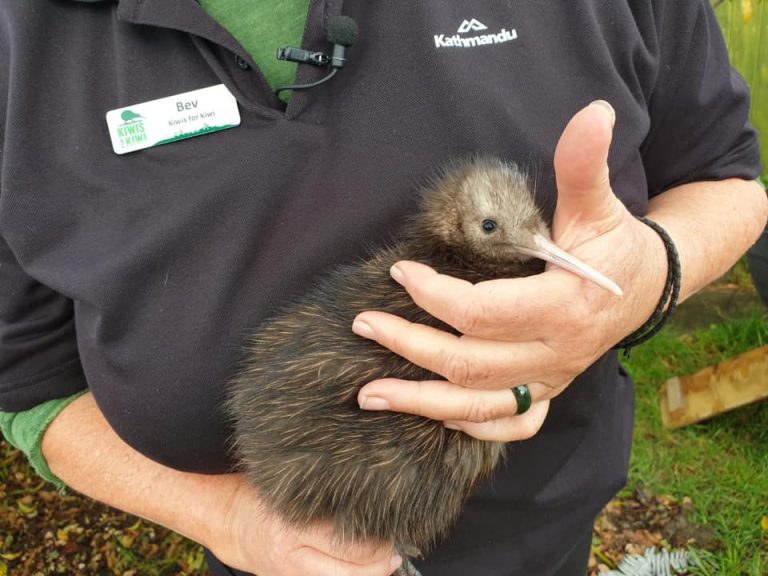
Bev, the Husbandry Manager at Kiwis for kiwi’s new crèche in Napier, welcomes the first chick, known as Jack, to his new home for the next few months.
A lot of science has gone into developing a diet to make sure it’s as close as possible to the kai they’d eat in the wild, and it’s standardised across all New Zealand kiwi facilities. This means that regardless of the kiwi programme or organisation that’s raising kiwi chicks, everyone’s on the same page when it comes to boosting the kiwi population.
So, what’s in this diet? Well, after years of trialling different menu items, kiwi scientists have identified that finely chopped beef and cat biscuits (yes, cat biscuits!) provide the base of a great crèche training menu.
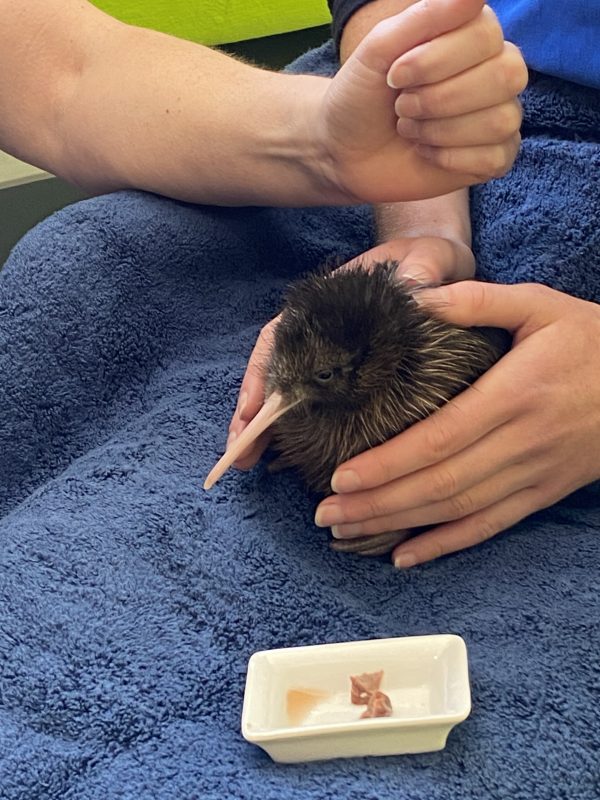
A five-day-old kiwi chick known as Powhiwhi gets a little helping hand with feeding at the Crombie Lockwood Kiwi Burrow.
When kiwi chicks first hatch in an incubation facility, they sometimes need a little help figuring out what’s been served up to them on these miniature platters. But it’s not long before they start poking around with their beaks in their brooder boxes and eating the food that’s been provided in the same way they’d forage for food naturally out in the wild. This foraging makes the transition from brooder box to the wild really easy too: when they’re released from an incubation or crèche facility into predator-free or -managed sites, they immediately start looking for their own food and getting a taste for worms, beetles, leaves, berries and other food they naturally find in the wild.
For captive kiwi facilities that look after kiwi chicks for the first few weeks (incubation facilities) or months (crèche facilities) of their lives, this manufactured kai for kiwi is a lifesaver. Because of it, Kiwis for kiwi captive facilities along with other facilities around the country are now fast-tracking our united goal to reverse the declining kiwi population in Aotearoa and take our national icon from endangered to everywhere.
